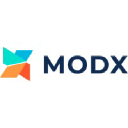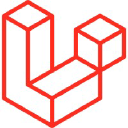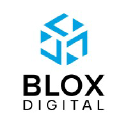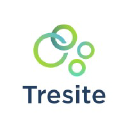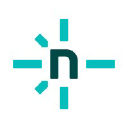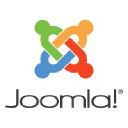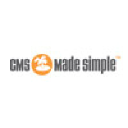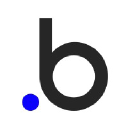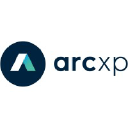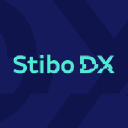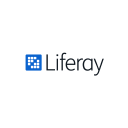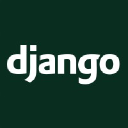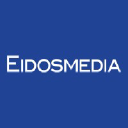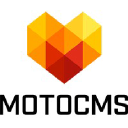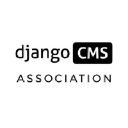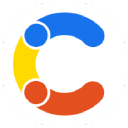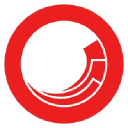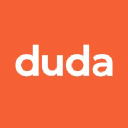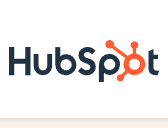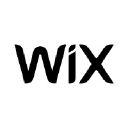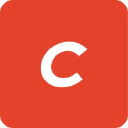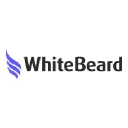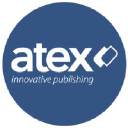
Atex ACE
About Atex
- Atex is a leading global software company selling solutions for media-rich industries
- Founded in 1973 with headquarters in the UK
- Provides software and services through 5 solution areas: Content, Advertising, Subscriptions, Product Innovation, and Professional Services
- Claims to be the "industry leader in content management, advertising, and subscription systems"
- States they are trusted by over 1000 companies across 40 countries
Key Products & Services
| Solution Area | Key Offerings |
|---|---|
| Content | Content management, multi-channel publishing, digital asset management |
| Advertising | Omnichannel ad management, multimedia sales, ad production |
| Subscriptions | Print & digital subscription management, customer data platform, eCommerce |
| Product Innovation | Application development & integrations to extend core products |
| Professional Services | Technical consulting, solution design, deployment services |
Industries Served
- Media companies - newspapers, magazines, broadcasters, corporate
- Industry verticals - retail, government, finance, healthcare
Client Logos Displayed
- The New York Times
- Singapore Press Holdings
- Hearst
- News UK
- Gannett
- Grupa Wyborcza
- Newsday
- The Economist
- Agderposten
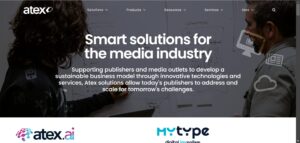
Atex ACE
Atex is a content management system designed specifically for media companies, offering solutions for digital publishing, advertising, and audience engagement.
This review will explore Atex's features, capabilities, and suitability for media organizations seeking a comprehensive content management solution.
1. Overview and purpose of the CMS
Atex is a specialized CMS tailored for the media industry, focusing on digital publishing, advertising, and audience engagement.
It aims to provide a comprehensive solution for managing content across various channels, including print, web, and mobile platforms.
Atex serves major news organizations, magazines, and broadcasters worldwide, helping them streamline their content production and distribution processes.
2. User interface and ease of use
Atex offers a web-based interface designed for ease of use by journalists, editors, and other media professionals.
The system features a drag-and-drop content editor and intuitive navigation to simplify content creation and management tasks.
However, due to its specialized nature, there may be a learning curve for users unfamiliar with media-specific workflows and terminology.
3. Content creation and editing tools
Atex provides a range of content creation tools tailored for media organizations, including:
- Rich text editors
- Image and video management
- Multi-channel publishing capabilities
The system supports various content types, including articles, galleries, and interactive elements.
Atex also offers features for managing editorial workflows and collaborative editing processes.
4. Asset management capabilities
The CMS includes a digital asset management (DAM) system for organizing and storing media files.
Users can easily search, tag, and retrieve assets such as images, videos, and documents.
Atex supports version control and rights management for digital assets, ensuring proper usage and compliance.
5. Customization and extensibility options
Atex offers customization options to tailor the system to specific media organization needs.
The platform supports API integrations and custom development to extend functionality.
However, the level of customization may require technical expertise or assistance from Atex's professional services team.
6. SEO features and optimization tools
Atex includes built-in SEO tools to help optimize content for search engines.
Features may include metadata management, URL customization, and XML sitemap generation.
The system also supports social media integration to enhance content visibility and sharing capabilities.
7. Security measures and user management
Atex implements robust security measures to protect sensitive media content and user data.
The system offers role-based access control and authentication mechanisms to manage user permissions.
Regular security updates and compliance with industry standards help ensure data protection and privacy.
8. Performance and scalability
Atex is designed to handle high-volume content production and distribution for large media organizations.
The system architecture supports scalability to accommodate growing content libraries and user bases.
However, specific performance metrics may vary depending on the implementation and infrastructure setup.
9. Integration with third-party tools and services
Atex supports integrations with various third-party tools and services commonly used in the media industry.
These may include analytics platforms, advertising systems, and social media management tools.
The level of integration capabilities may depend on the specific Atex implementation and available APIs.
10. Pricing and support options
Atex's pricing is typically based on custom quotes tailored to each organization's needs and scale.
Support options may include dedicated account management, technical support, and professional services.
Detailed pricing information is not publicly available, and interested organizations should contact Atex directly for quotes and support details.
11. Mobile responsiveness and multi-device support
Atex offers responsive design capabilities to ensure content displays properly across various devices and screen sizes.
The CMS supports mobile-first development approaches, allowing media organizations to create and publish content optimized for smartphones and tablets.
According to a Pew Research Center study, 57% of U.S. adults often get news from a mobile device, highlighting the importance of mobile-friendly content management systems.
12. Multilingual capabilities and localization features
Atex provides multilingual support to cater to global media organizations and diverse audiences.
The system allows for content localization, including the ability to manage translations and regional variations of articles.
Users can easily switch between languages and manage content in multiple languages within a single instance of the CMS.
13. Workflow management and collaboration tools
Atex includes robust workflow management features designed specifically for media production processes.
The system supports customizable editorial workflows, task assignment, and content approval processes.
Collaboration tools such as comments, notifications, and shared editing capabilities enhance team productivity and content quality.
14. Version control and content revision history
Atex implements version control to track changes and maintain a comprehensive revision history for all content.
Users can easily compare different versions of articles, revert to previous versions, and manage multiple drafts.
This feature is crucial for maintaining content accuracy and accountability in fast-paced news environments.
15. Analytics and reporting functionalities
The CMS offers built-in analytics tools to help media organizations track content performance and audience engagement.
Users can access real-time data on page views, user behavior, and content popularity.
Customizable reports and dashboards provide insights to inform editorial decisions and content strategy.
16. E-commerce capabilities
While primarily focused on content management, Atex may offer limited e-commerce features for media organizations.
These could include subscription management, paywall integration, and basic online store functionality.
For more advanced e-commerce needs, integration with specialized platforms may be necessary.
17. Compliance with accessibility standards
Atex supports accessibility features to ensure content can be accessed by users with disabilities.
The CMS likely adheres to Web Content Accessibility Guidelines (WCAG) standards.
Features may include alt text for images, keyboard navigation support, and compatibility with screen readers.
18. Documentation and learning resources
Atex provides comprehensive documentation to help users navigate and utilize the CMS effectively.
Learning resources may include user manuals, video tutorials, and knowledge base articles.
The company likely offers training programs and workshops for new users and advanced features.
19. Community support and ecosystem
As a specialized CMS, Atex may have a smaller but focused community of users compared to more general-purpose platforms.
The ecosystem likely includes media-specific plugins, extensions, and integrations tailored for the industry.
User forums and community events may be available for knowledge sharing and networking among Atex users.
20. Migration tools and processes from other platforms
Atex offers migration services to help organizations transition from other content management systems.
The company likely provides tools and expertise to ensure smooth data transfer and minimal disruption during migration.
Custom migration plans may be developed based on the specific needs and complexities of each media organization.
In conclusion, Atex offers a comprehensive and specialized content management solution for media organizations, with features tailored to the unique needs of digital publishing, advertising, and audience engagement. While it may have a steeper learning curve and potentially higher costs compared to general-purpose CMS options, its industry-specific capabilities make it a strong contender for media companies seeking a robust and scalable platform to manage their content across multiple channels.
Website:


